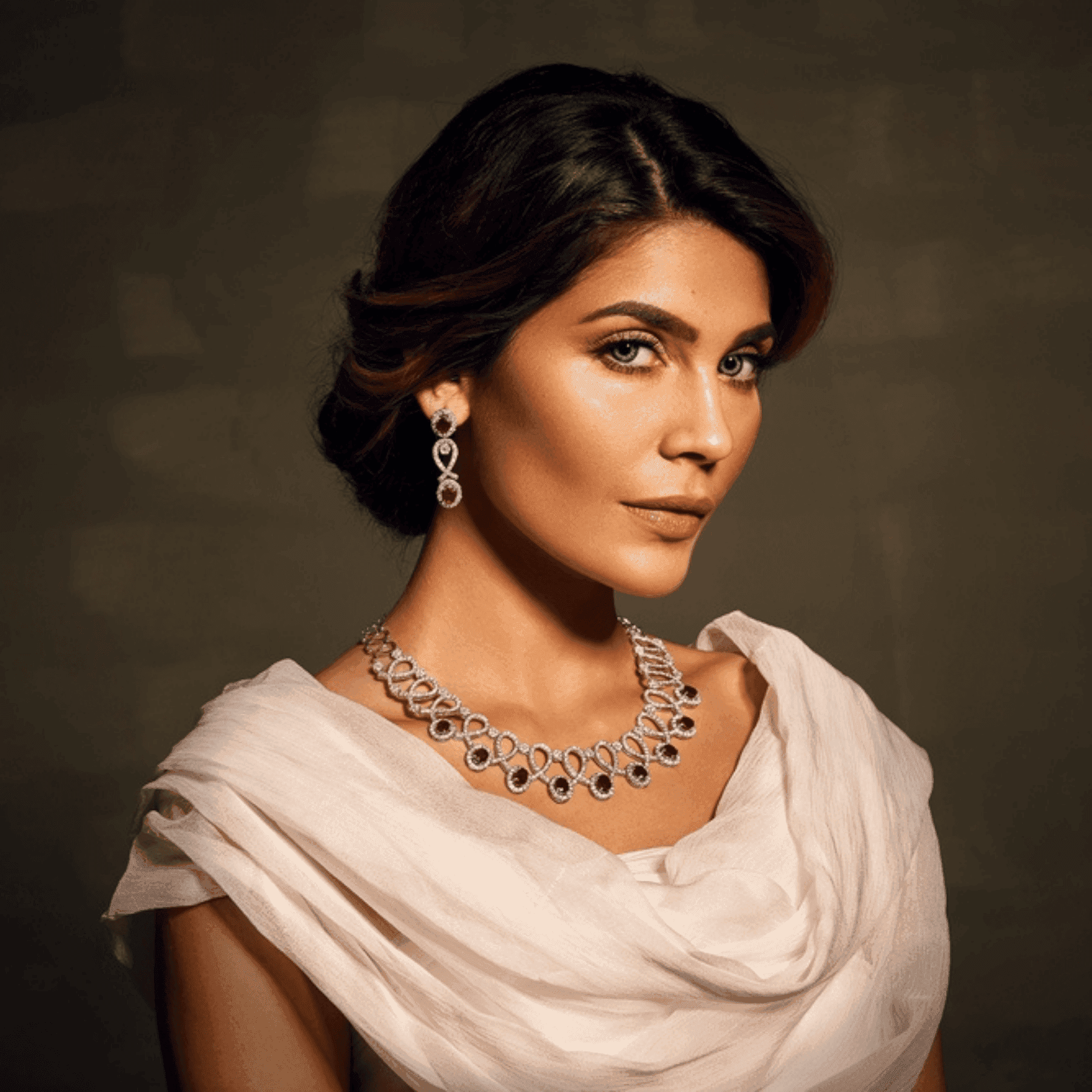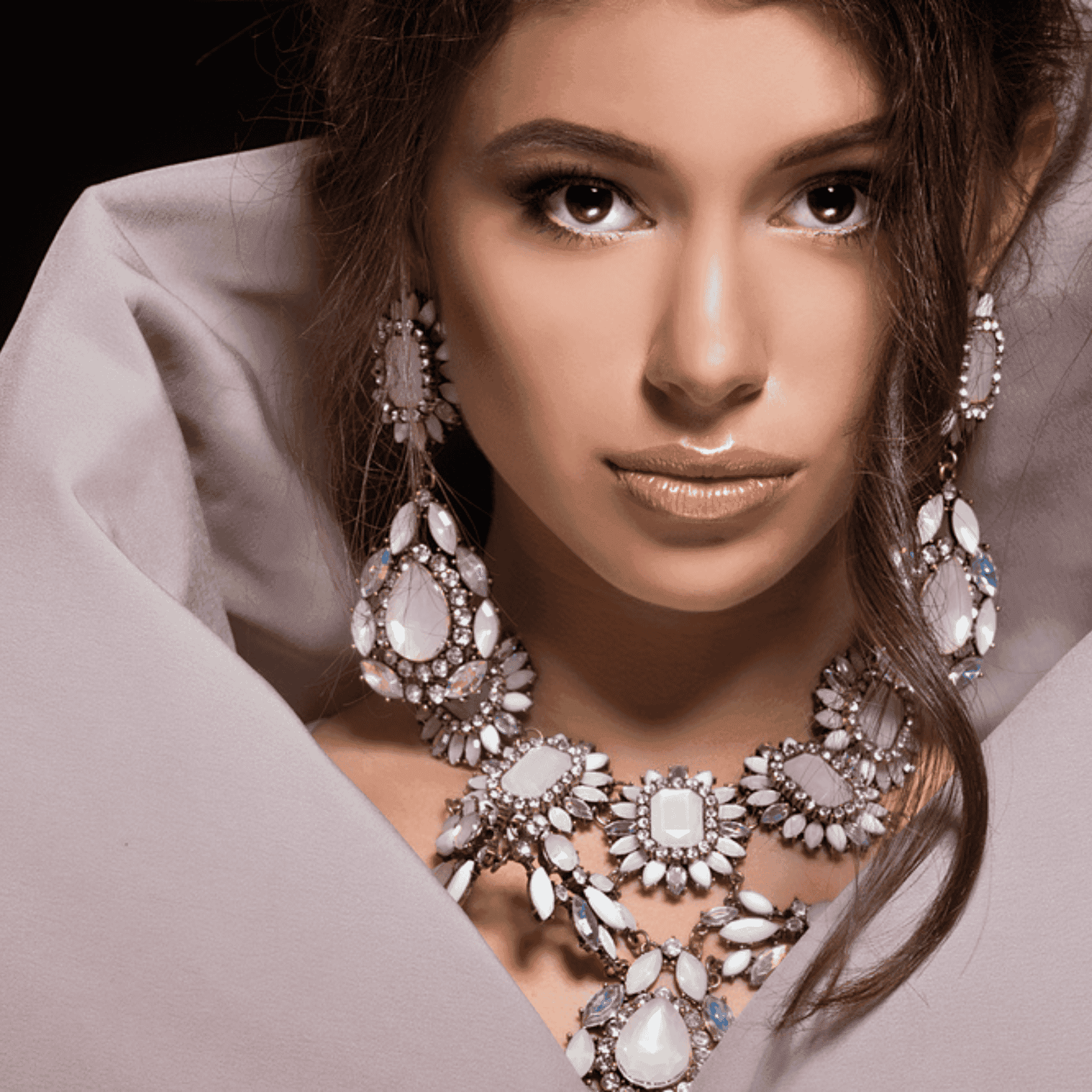
Luxury Edit
•05 min read

Perfume is more than just a pleasant aroma; it is an art form defined by precision, selection, and execution. In the world of luxury, every bottle encapsulates a story told through perfume ingredients. In this blog post, we explore the essentials of high-end scent ingredients and reveal how curated, premium notes combine to create exclusive scent compositions that are admired worldwide. Readers will gain insights into the formulation of luxury perfumes, appreciate the skill behind artisan fragrance blends, and learn the subtle differences between natural perfume elements and designer perfume materials.
Perfume ingredients serve as the foundation of every fragrance. They are generally divided into three layers: top, middle, and base notes. Each layer is meticulously selected to contribute to the overall profile, longevity, and emotional impact of the scent. In luxury perfume formulation, rare fragrance ingredients are often chosen for their unique properties and ability to elevate an everyday experience into something extraordinary. By understanding these layers, one can appreciate how high-end scent ingredients set the stage for an exquisite sensory journey.
Top Notes: The first impressions, often light and refreshing, such as citrus or herbal accents.
Middle Notes: Known as the heart of the fragrance, these include floral or spicy tones that emerge as the top notes fade.
Base Notes: These create the foundation, offering depth and lasting richness with iconic components like amber, musk, and sandalwood.
The debate between natural perfume elements and synthetic ingredients is central to the crafting of luxury fragrances. Natural extracts, including essential oils and absolutes, are cherished for their purity and complexity. They bring authenticity and a direct connection to nature, often lending a unique character that readers find both compelling and genuine. Meanwhile, state-of-the-art synthetic molecules are carefully incorporated to enhance consistency and stability. The harmony achieved by blending such premium perfume notes results in scents that are both innovative and timeless.
Luxury perfumes are renowned for their incorporation of rare and exclusive ingredients. These materials, often hard to source, include elements with storied backgrounds and unmatched olfactory signatures. For instance, oud offers a rich, woody aroma, while ambergris provides a distinct marine warmth that elevates any composition. Other prized ingredients such as saffron introduce an earthy, slightly sweet nuance and orris root adds a powdery, floral delicacy. Together, these luxury fragrance components create a balanced yet dynamic overall experience that is nothing short of art.
Oud: A rare, woody note derived from agarwood that infuses a fragrance with richness.
Ambergris: An elusive ingredient known for its warm, marine-like quality.
Saffron: A spice that adds earthiness and subtle sweetness to any blend.
Orris Root: Offers a delicate, powdery consistency, enhancing the fabric of the scent.
Luxury perfume craftsmanship today is not just about exquisite aroma; it is also about embracing responsible fashion practices. Ethical sourcing of rare fragrance ingredients is becoming increasingly important. Many brands endeavor to work with local communities and support sustainability through the careful, respectful harvesting of natural perfume elements. This ensures that the environment is preserved, and the integrity of premium perfume notes remains uncompromised for future generations.
-8704a161-e35d-4932-b982-017add6889b1.png&w=3840&q=75)
The allure of luxury perfumes lies in the artful blending of diverse notes. Experts in perfume ingredients leverage both traditional methods and modern techniques like molecular distillation and enfleurage to extract and preserve the essence of rare fragrance ingredients. This blending process is pivotal as it ensures that top notes evolve gracefully into heart notes and settle into a lingering base that captivates throughout the day. The result is a fragrance that is both dynamic and elegantly balanced, reflecting the pinnacle of designer perfume materials.
In the realm of high-end scent ingredients, designer perfume materials such as Iso E Super and Hedione play a significant role. These synthetic compounds are created to add depth and modern complexity that naturally sourced perfume elements might not achieve alone. They complement natural extracts, forming innovative blends that continually push the boundaries of luxury fragrance craftsmanship. The careful fusion of these components results in a sophisticated olfactory experience that continues to inspire and surprise.
Behind every luxurious scent lies the expertise of a master perfumer. These artisans possess a deep understanding of exclusive scent compositions and skillfully orchestrate a balance between traditional ingredients and cutting-edge innovations. Their talent for selecting premium perfume notes, whether natural or synthesized, ensures that the final creation resonates emotionally with its wearer. In this way, every fragrance becomes a narrative of personal identity and refined taste.
Innovation in luxury perfume formulation also involves personalization. Many luxury perfume houses offer bespoke services that allow customers to collaborate with experts. This process includes selecting tailored combinations of rare fragrance ingredients and premium notes, culminating in a one-of-a-kind artisan fragrance blend that truly represents individual style and identity. Personalized fragrances serve as a creative expression, echoing the vibrant and inclusive spirit essential to contemporary fashion.
Insight Corner: The Secret Behind Long-Lasting Luxury Fragrances
Did you know? The longevity of a luxury perfume often depends on the concentration of its base notes. Ingredients like amber, musk, and patchouli are not only rich but also have excellent staying power, ensuring your fragrance endures from morning to night.
For enthusiasts aiming to decipher premium perfume notes, understanding the source and processing of each ingredient is key. Look for transparency in sourcing and certifications from trusted suppliers. This careful attention to detail ensures that every element—be it natural perfume elements or rare fragrance ingredients—meets the high standards of luxury perfume craftsmanship. Ultimately, being an informed connoisseur enhances your personal journey in fragrance discovery.

While high-end fragrances are crafted with care, it is important to remain aware of certain ingredients that may cause adverse reactions or harm the environment. Harmful additives such as phthalates or low-quality synthetic musks can detract from the purity of the selected perfume ingredients. An understanding of these elements can steer you towards products that honour both your well-being and the environment.
Luxury fragrances typically feature ingredients like oud, ambergris, sandalwood, jasmine, and rose, chosen for their complex and captivating profiles.
Natural elements are celebrated for their depth and authenticity, but synthetic ingredients enhance stability and innovative scent development. Both types have their unique roles in creating fine perfume notes.
Rare ingredients are usually harvested from regions known for their superior quality, often involving ethical practices that support sustainability and fair trade principles.
The longevity of luxury perfumes is mostly attributed to a higher concentration of base notes such as amber, musk, and patchouli.
Yes, many designers offer bespoke services, allowing individuals to select their preferred combination of premium perfume notes and rare fragrance ingredients.
Luxury perfumes stand as a testament to the fusion of art, science, and sustainability. By delving into the anatomy of perfume ingredients—from top, middle, and base notes to the innovative blending of natural perfume elements and designer perfume materials—this guide has illuminated the craft behind every exceptional fragrance. Embracing both traditional and modern approaches, luxury perfume formulation continues to evolve, offering endless possibilities for personal expression and refined taste.